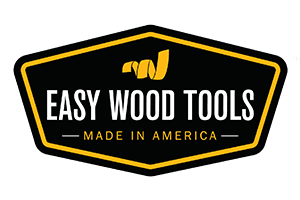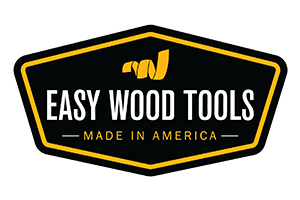Back to Basics, Power sanding, carbide tools vs gouges
Sanding your projects on the lathe is a quick and easy way to bring them to their final smoothness. However, using standard sandpaper can lead to ugly striations as the grit of the paper digs into the project. One way to sand quickly without leaving ugly marks is to switched to powered sanding.
Power sanding can be accomplished in a number of different ways. You can use a simple sanding pad chucked into a drill. You can also use a random orbit sander that is purpose-built for lathe work — they typically include smaller, softer pads than sanders built for flat work, and some (like the air-driven sander I use from Woodturnerswonders) also include extensions to help reach inside bowls and other vessels. These types of surfaces aren’t typically encountered on flat work, so the purpose-made sander helps a lot.
The debate over gouges versus carbide tools is fought every day in woodturning forums and groups, so we won’t re-fight it here. They both do the same thing. Gouges have a much steeper learning curve (you must also learn to sharpen the tools properly and ride the bevel to get a clean cut) whereas carbide cutters are easier for beginners to get the hang of — get lined up on center and you’re good to go.
Not all tools are created equal, and this applies to both carbide tools and gouges. Cheap gouges are usually made from cheap steel, so it is common for them to lose their edge more quickly — which gives beginning woodturners a lot of practice at the sharpening station. On the carbide side, cheap carbide tips may not give you the smoothest possible cut, and it’s important to remember to turn the insert when cut quality starts to suffer. Trying to get “just one more” out of a dull carbide tip is a good way to ruin a workpiece.
When it comes to technique, experience is going to be your best teacher, but here’s a quick starter course. For gouges, start by bringing the bevel up to the piece, then slowly raise the handle until it starts to cut. Move slowly for a cleaner cut. Carbide tools, on the other hand, are brought in straight and level at the centerline of the work piece.
That’s it for this edition of Back to Basics. If you have a topic you’d like us to cover, leave us a comment and let us know. Thanks for watching!









